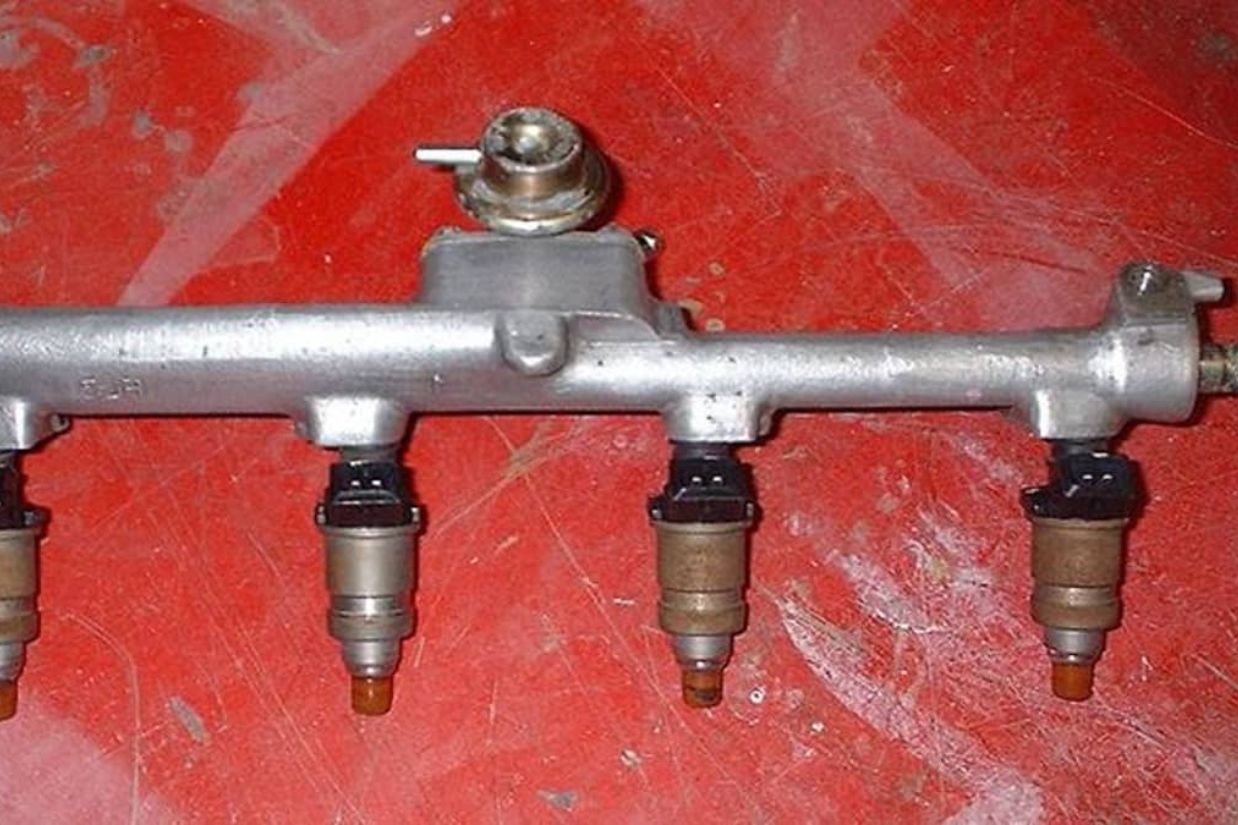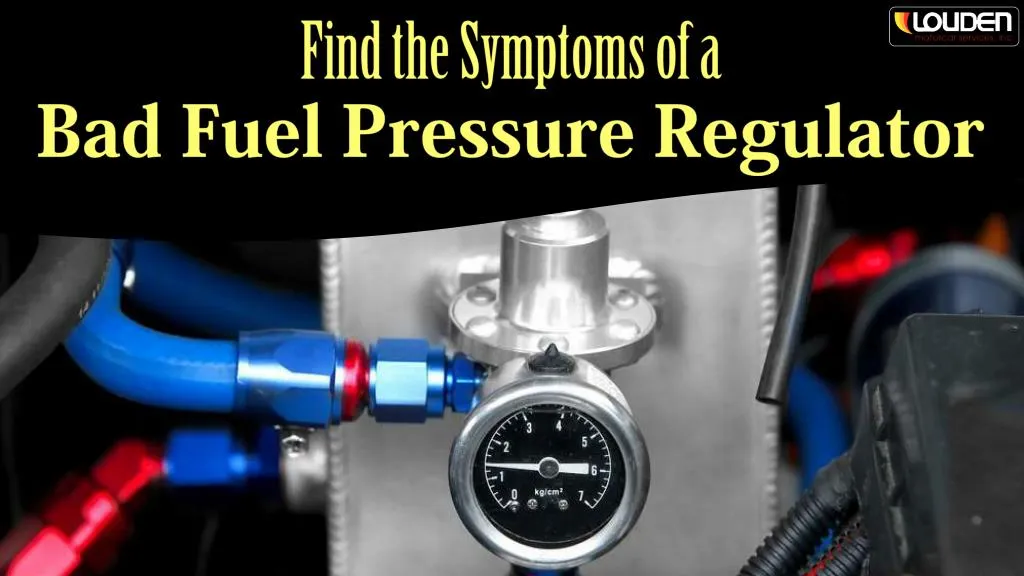Symptoms Of A Bad Fuel Regulator
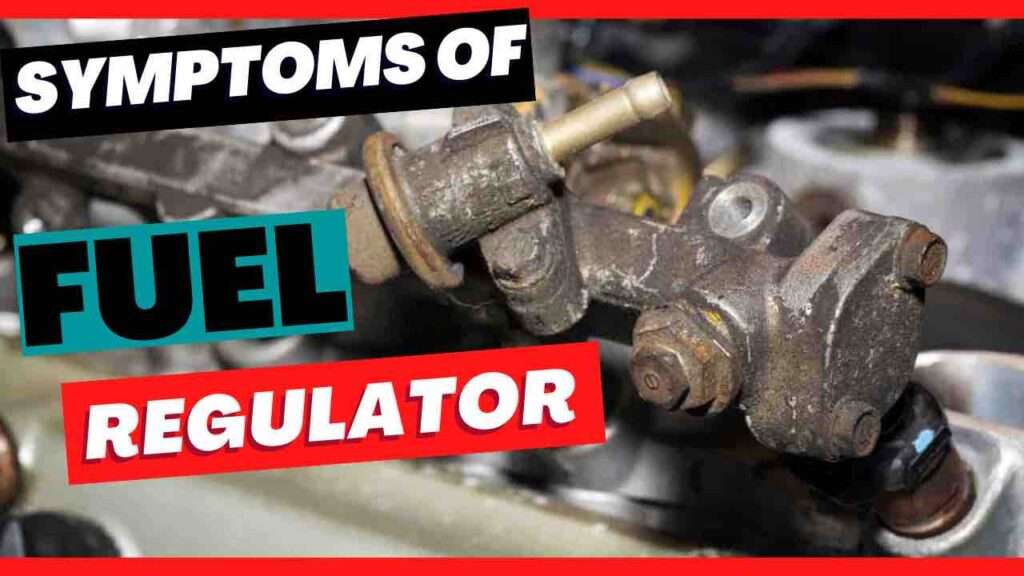
Imagine cruising down a scenic highway, windows down, your favorite tune blasting from the speakers. Suddenly, the engine starts sputtering, the car jerks erratically, and a sinking feeling washes over you. What was supposed to be a relaxing drive has quickly turned into a stressful ordeal.
These unsettling symptoms could be pointing to a culprit many drivers overlook: a failing fuel pressure regulator. This small but mighty component plays a vital role in your car's performance, and recognizing the signs of its malfunction can save you from potential breakdowns and costly repairs. Let’s explore how this component works, and the symptoms you should be aware of.
Understanding the Fuel Pressure Regulator
The fuel pressure regulator is a critical component of your vehicle's fuel injection system. Its primary function is to maintain a constant and optimal fuel pressure in the fuel rail, ensuring the engine receives the precise amount of fuel needed for efficient combustion.
The fuel injection system is a marvel of modern engineering. It involves a complex interplay of components, including the fuel pump, fuel injectors, and, of course, the fuel pressure regulator.
The fuel pump sends fuel from the tank to the engine. The fuel injectors then spray the fuel into the engine's cylinders. The regulator ensures this process happens smoothly and efficiently.
Symptoms of a Failing Fuel Pressure Regulator
Recognizing the signs of a bad fuel pressure regulator is key to preventing further damage and ensuring your vehicle operates smoothly. Here are some of the most common symptoms to watch out for:
Poor Engine Performance
One of the most noticeable signs of a failing regulator is a decline in engine performance. This often manifests as hesitation during acceleration.
You might also experience a general lack of power, especially when climbing hills or carrying heavy loads.
Rough Idling
A faulty regulator can cause the engine to idle unevenly or roughly. The engine might surge and drop erratically, creating an unpleasant driving experience.
This erratic idling can also be accompanied by unusual vibrations throughout the car.
Difficulty Starting
If your car is struggling to start, especially after it has been sitting for a while, it could be a sign of a bad fuel pressure regulator. The regulator may be leaking fuel, causing the fuel pressure to drop when the engine is off.
This makes it harder for the engine to receive the necessary fuel when you attempt to start it.
Poor Fuel Economy
A malfunctioning regulator can lead to inefficient fuel consumption. If the regulator is allowing too much fuel into the engine, you'll notice a decrease in your car's miles per gallon.
Keep a close eye on your fuel economy. A sudden and unexplained drop is a red flag.
Black Smoke from the Exhaust
Excessive fuel in the engine can result in black smoke coming from the exhaust pipe. This is a clear indication that the engine is burning too much fuel.
Black smoke indicates a rich fuel mixture. This is where there's more fuel than air in the combustion chamber.
Fuel Leaks
In some cases, a bad fuel pressure regulator can cause fuel leaks. These leaks can be dangerous and should be addressed immediately.
Inspect the area around the fuel rail and regulator for any signs of fuel leakage.
The Impact of a Bad Fuel Pressure Regulator
Ignoring the symptoms of a failing fuel pressure regulator can lead to more significant and costly problems down the road. Here's why it's important to address the issue promptly:
Engine Damage: An improper fuel-air mixture can lead to engine knocking, pre-ignition, and other forms of internal damage. Over time, this can significantly shorten the lifespan of your engine.
Catalytic Converter Failure: Burning excessive fuel can overload and damage the catalytic converter. This expensive component is essential for reducing harmful emissions.
Increased Emissions: A malfunctioning regulator can cause your vehicle to emit higher levels of pollutants. This can lead to failing emissions tests and harm the environment.
Diagnosing the Problem
If you suspect your fuel pressure regulator is failing, it's best to have it diagnosed by a qualified mechanic. They can perform a series of tests to confirm the diagnosis.
A fuel pressure test involves connecting a gauge to the fuel rail to measure the fuel pressure. A healthy fuel pressure reading should fall within the manufacturer's specifications.
A mechanic can also visually inspect the regulator for signs of damage or leakage.
Preventative Maintenance
While the fuel pressure regulator is a relatively durable component, it's still subject to wear and tear over time. Here are some tips for preventing premature failure:
Regular Fuel Filter Replacement: A clogged fuel filter can put extra strain on the fuel pump and regulator. Replace your fuel filter according to the manufacturer's recommendations.
Use Quality Fuel: Using high-quality fuel can help prevent deposits from building up in the fuel system. This ensures the regulator operates smoothly.
Proper Vehicle Maintenance: Following your vehicle's recommended maintenance schedule can help identify and address potential problems early on.
A Note of Hope for the Road Ahead
While dealing with car troubles can be frustrating, remember that most automotive issues are solvable with the right knowledge and care. Addressing a failing fuel pressure regulator promptly can prevent more serious problems and keep your vehicle running smoothly for years to come.
Pay attention to the signs, seek expert help when needed, and maintain your vehicle with diligence. In doing so, you can turn a potentially stressful breakdown into a moment of proactive problem-solving.
So, the next time you're cruising down the open road, listen to your car. It will tell you if something isn't right. Stay vigilant, stay informed, and enjoy the ride!

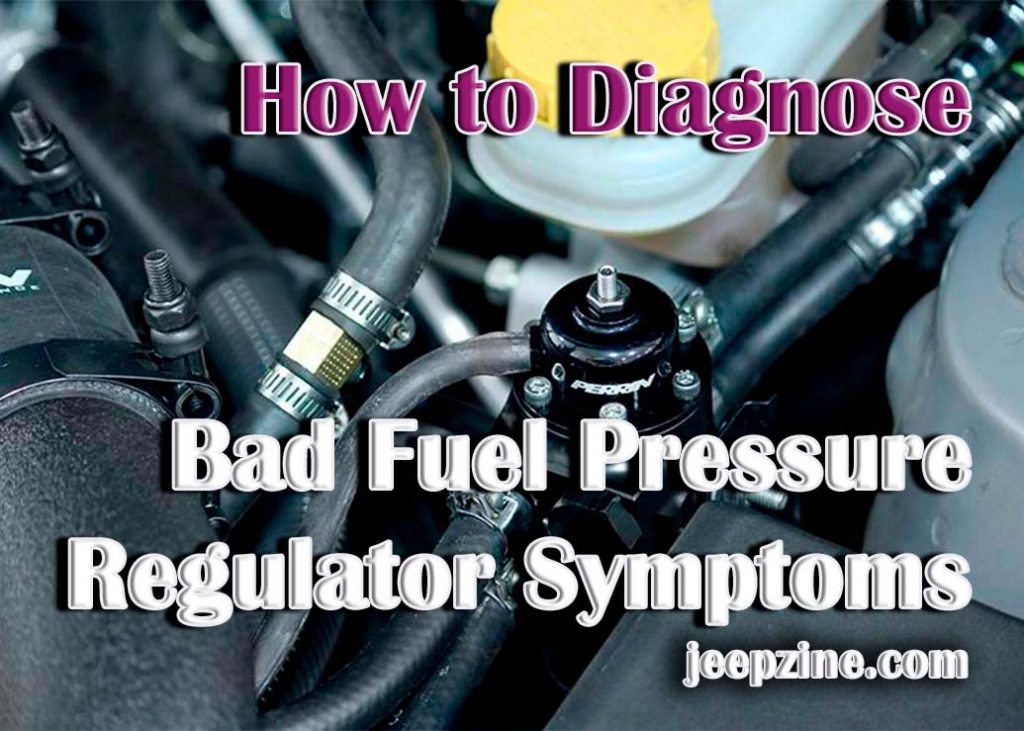







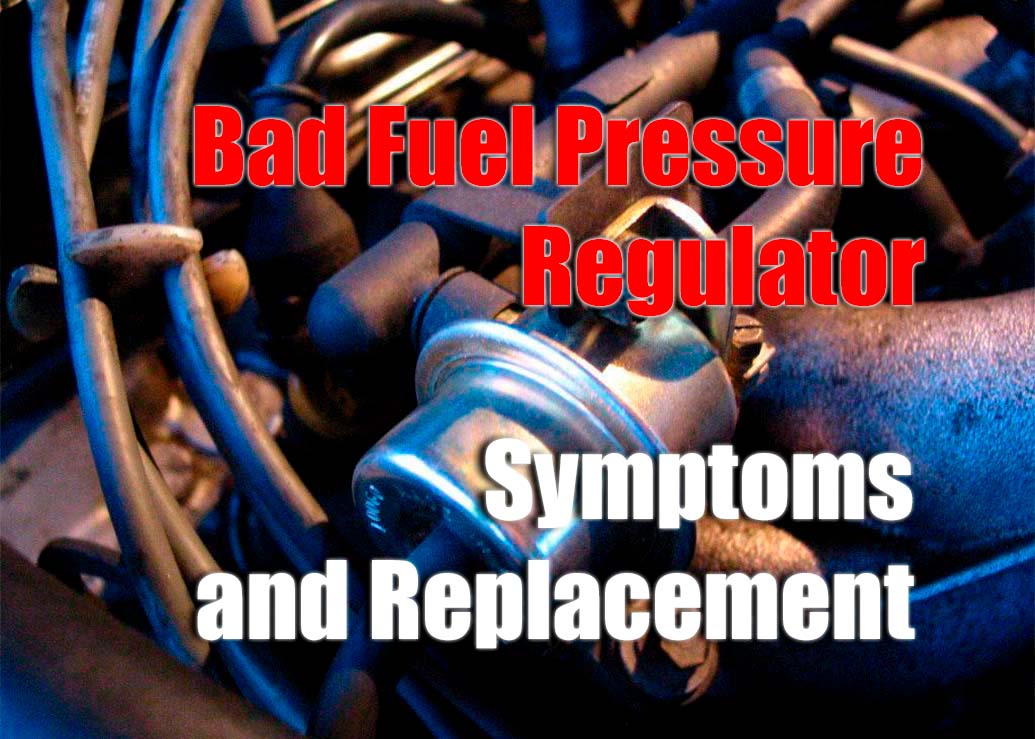
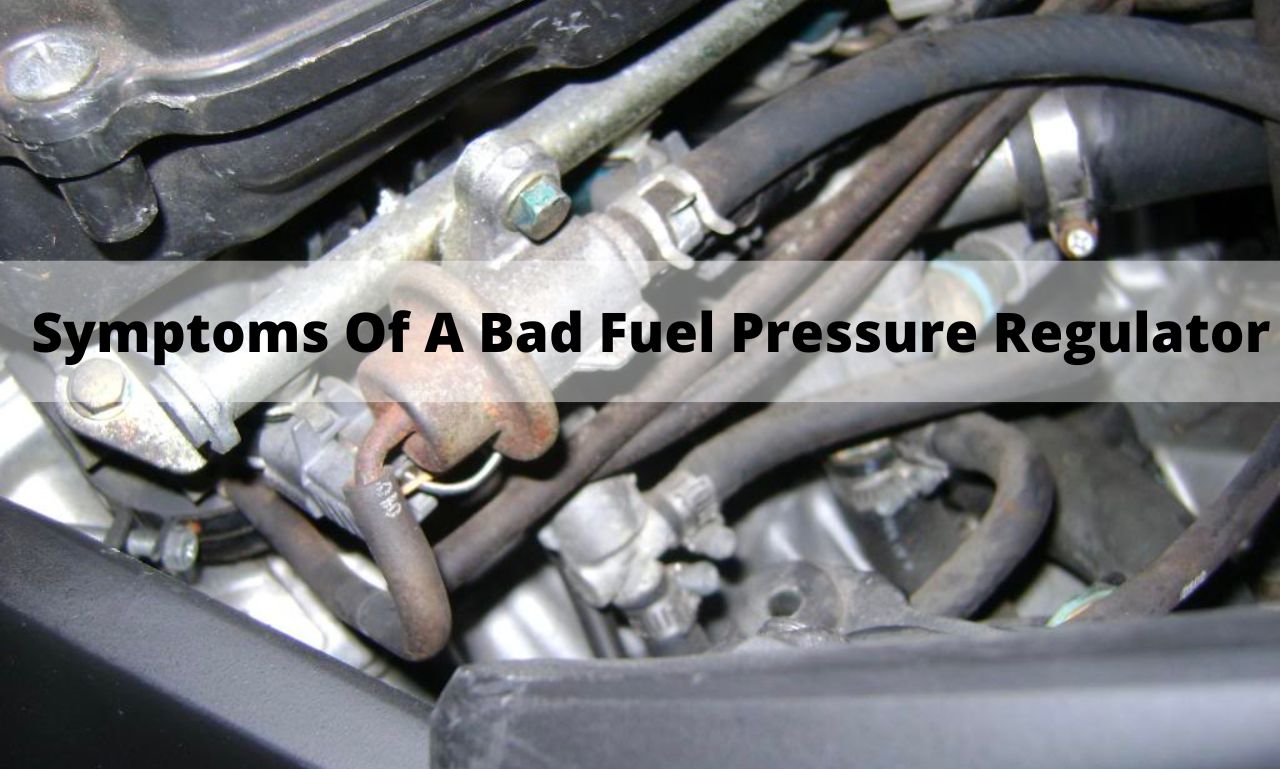
![Symptoms Of A Bad Fuel Regulator Symptoms Of A Bad Fuel Pressure Regulator [Ultimate Guide]](https://autochimps.com/wp-content/uploads/2020/08/Symptoms-Of-A-Bad-Fuel-Regulator.jpg)



